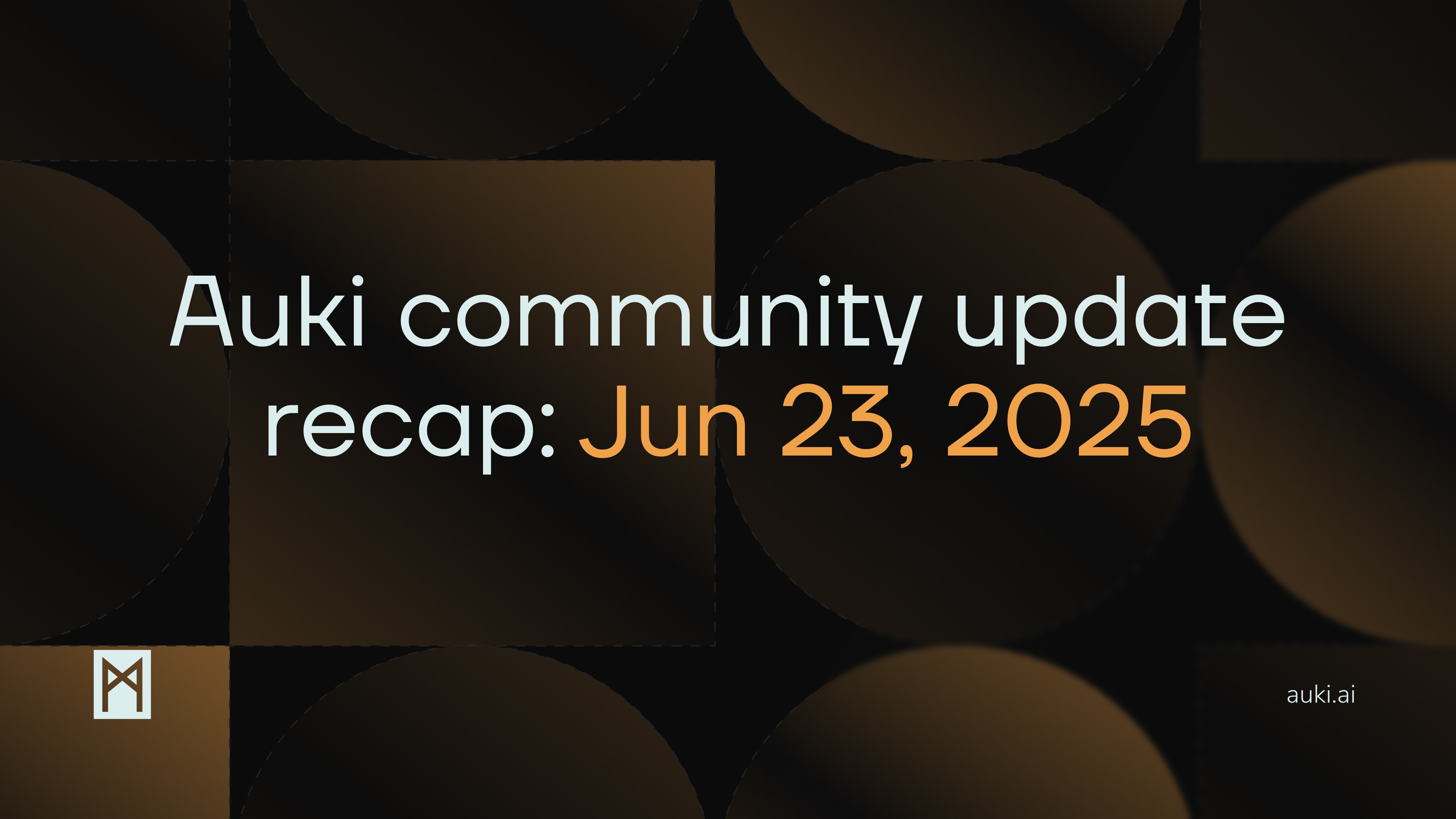
We've just returned from nearly a month on the road, showcasing our innovations at major conferences and diving deep into the future of robotics and AI. Here are some highlights and insights from our journey.
Our recent appearance at the Augmented World Expo (AWE) was a big success. We proudly won two awards:
Immediately following AWE, we headed to SuperAI in Singapore, where Nils moderated a key panel featuring leading humanoid robotics companies Unitree and Persona AI, discussing crucial questions about how humanoids will come to market.
One intriguing debate that emerged was whether humanoid robots will run on a single general-purpose AI or use an "app store" model, with specialized applications handling specific tasks. We're firmly in the "app store" camp, believing it's the most realistic model in the near term. Due to significant hardware differences between robots, creating robot-agnostic manipulation apps remains challenging.
Our position was well-received, underscoring our perspective that robots will require distinct software layers—particularly separate layers for locomotion, manipulation, and application logic—to ensure cross-robot interoperability.
Nils also gave a keynote presenting our structured vision for the humanoid stack, emphasizing six distinct layers:
Each layer must function independently but integrate seamlessly through clear APIs. Our focus at Auki is particularly on collaborative perception, mapping, and positioning—critical elements that remain robot-agnostic and foundational for widespread adoption.
We advocate for keeping mapping separate from perception. Many current robotics companies tightly couple these two layers, which we argue is problematic because environments frequently change, requiring constant retraining of perception models if tightly linked to mapping.
Instead, we treat maps as context, external to AI perception models, enabling greater flexibility and adaptability.
One of our innovative approaches is what we call "hybrid robotics," combining human locomotion and manipulation with AI-driven perception and mapping. This approach allows us to deliver embodied AI solutions immediately without waiting for fully capable humanoid robots.
Our recent multimillion-dollar deal proves this approach’s immediate value, demonstrating that spatial AI can deliver practical, scalable benefits today—even using just smartphones.
Looking forward, we aim to expand our efforts significantly. Ultimately, our ambition includes developing a robotic operating system. We see this as the future, believing the most widely used OS globally in the coming decades won't be iOS or Android, but the operating systems running robots.
We're currently collaborating closely with Mentra, who have successfully integrated our spatial awareness technology into their smart glasses (weighing only 44 grams!). This technology, coupled with wearable batteries allowing full-day use, represents a major leap toward practically integrating AI into daily human activities.
We recently impressed major robotics companies in Shanghai with our interoperable robot orchestration system, and we're experiencing significant traction from industry leaders.
We're actively looking to expand our business development efforts. If you’re passionate about bringing innovative technology to market, reach out—we have plenty of exciting work ahead.
Join our community on Discord to participate directly in building decentralized, community-owned infrastructure for the future of AI and robotics.
Auki is making the physical world accessible to AI by building the real world web: away for robots and digital devices like smart glasses and phones to browse, navigate, and search physical locations.
70% of the world economy is still tied to physical locations and labor, so making the physical world accessible to AI represents a 3X increase in the TAM of AI in general. Auki's goal is to become the decentralized nervous system of AI in the physical world, providing collaborative spatial reasoning for the next 100bn devices on Earth and beyond.
X | Discord | LinkedIn | YouTube | Whitepaper | aukilabs.com